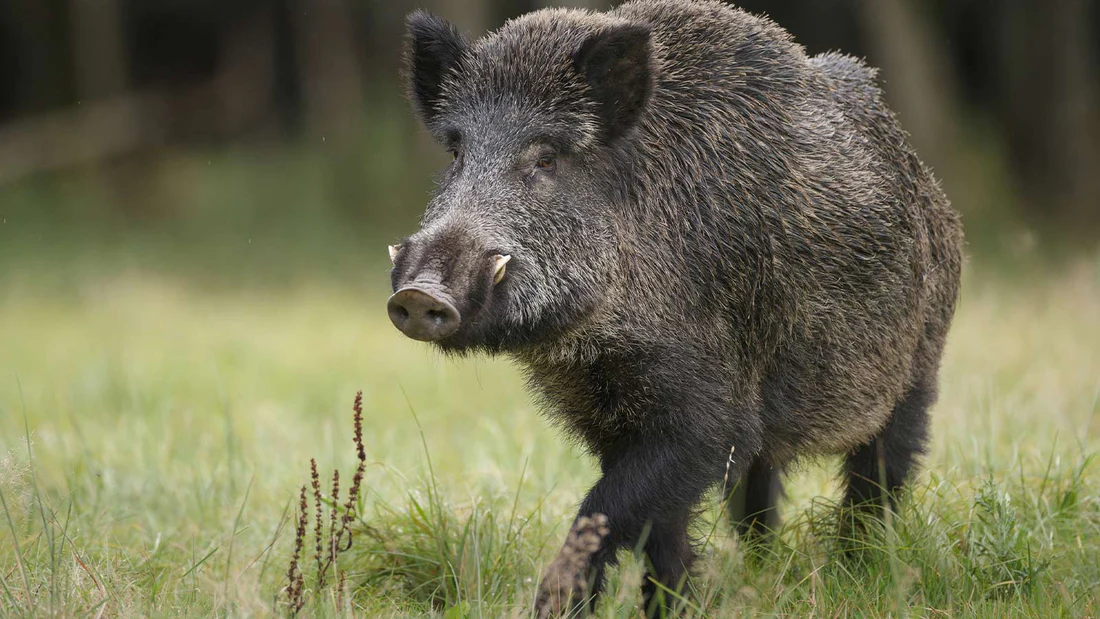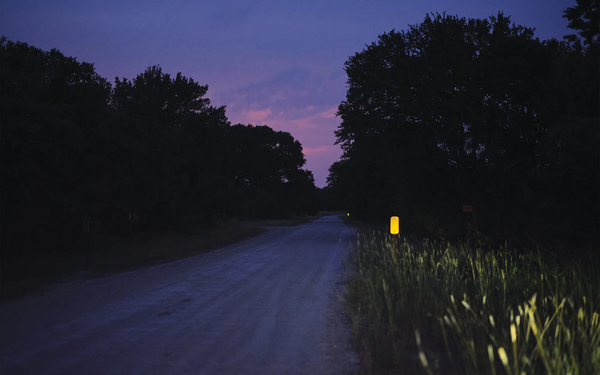US faces new threat from Canadian ‘super pig'

For decades, wild pigs have been antagonizing flora and fauna in the US: gobbling up crops, spreading disease and even killing deer and elk. Now, as fears over the potential of the pig impact in the US grow, North America is also facing a new swine-related threat, as a Canadian “super pig”, a giant, “incredibly intelligent, highly elusive” beast capable of surviving cold climates by tunneling under snow, is poised to infiltrate the north of the country. The emergence of the so-called super pig, a result of cross-breeding domestic pigs with wild boars, only adds to the problems the US faces from the swine invasion.
The time 20,000 Americans packed Madison Square Garden for a Nazi rally
Six and a half months before Adolf Hitler invaded Poland, New York City’s Madison Square Garden hosted a rally to celebrate the rise of Nazism in Germany. Inside, more than 20,000 attendees raised Nazi salutes toward a 30-foot-tall portrait of George Washington flanked by swastikas. Outside, police and some 100,000 protestors gathered. The organization behind the 1939 event was the German American Society, an anti-semitic organization that held Nazi summer camps for youth and their families during the 1930s. Youth members were present that night, as were the Ordnungsdienst, the group’s vigilante police.

Leonardo da Vinci was ahead of his time in understanding gravity
Engineers from Caltech have discovered that Leonardo da Vinci's understanding of gravity—though not wholly accurate—was centuries ahead of his time. Da Vinci lived from 1452 to 1519 and it wasn't until almost a century later, in 1604, that Galileo Galilei would theorize that the distance covered by a falling object was proportional to the square of time elapsed, and not until the late 17th century that Sir Isaac Newton would expand on that to develop a law of universal gravitation, describing how objects are attracted to one another. Da Vinci's primary hurdle was being limited by the tools at his disposal. For example, he lacked a means of precisely measuring time as objects fell.

Discovering the magic world of slime mold
Lucy Jones writes: "The earth is stiched together with slime mold, and we are stitched with slime, too. But we have overlooked this fact of life. Slime mold is a common name which is an attempt to describe organisms that defy simple categorization. For a while, it was thought they were fungi, so they were once classed as such. But they are not fungi at all, and they live much of their lives like an animal. First, they exist as amoebae and dwell in high numbers in soil. Then they become a free-moving, hunting, foraging, predating, exploring organism in the plasmodial stage. We know more about this stage because scientists and artists have been able to observe the behavior in laboratory settings, showing that plasmodium can solve various complex problems."

Global warming and the death of the alpine ski resort
The Financial Times writes about the famous ski resort at Chamonix in the French Alps: "Go there today and it is not awe and terror the glacier evokes, but pity. It is as if a plug has been pulled and the sea of ice has all but drained away. When the cable car was installed, three metal steps led visitors on to the ice. But its level kept dropping: in 1990 they had to add another nine steps. By 2000 there were 118. Small signs on the rock record the annual level of the glacier. At first, as you clatter down the steps, the signs come quickly, but the more you descend, the bigger the gaps, the yawning intervals underlining a message impossible to ignore: glaciers are vanishing at a rate that is anything but glacial. Today there are 580 steps; more will be needed this summer."

When scientists were convinced that plants were intelligent
In 1870, the American Independent ran an article from Charles Dickens’ magazine All the Year Round titled “Have Plants Intelligence?” Life itself “presupposes in its possessor, whether animal or vegetable, a faculty of sensation that administers to its happiness, and that may consequently administer to its suffering,” the author argues. This meant that plants experience pleasure and pain. Although the author suggests the scientific community had dismissed the notion of feeling plants, in fact naturalists had been asking and debating this issue for decades, studying plants like the carnivorous flytrap that caught prey and the “sensitive” mimosa that shrank upon touch. By the mid-nineteenth century a number of scientists believed that plants could at least feel, if not think.

Portable, inflatable garage is immune to thrown objects
An inflatable, portable, thrown objects proof garage
— Massimo (@Rainmaker1973) February 21, 2023
[📹 WhistlinDiesel: https://t.co/UBNRrx8Ohp]pic.twitter.com/yyiFbw7cDm



